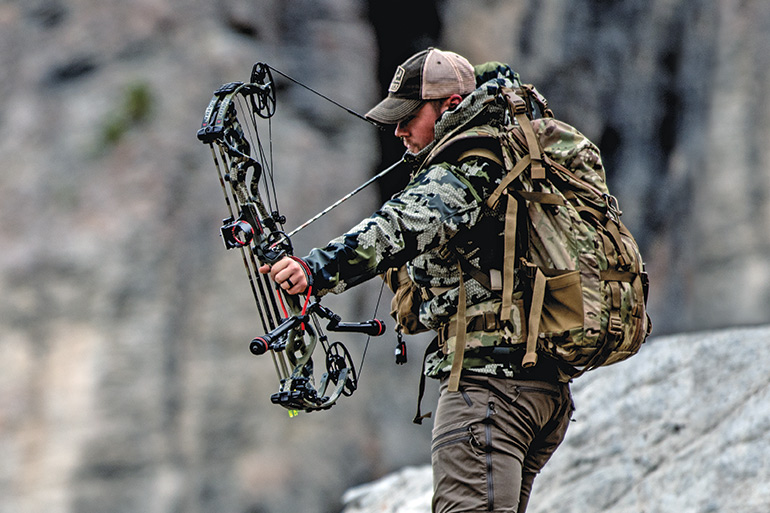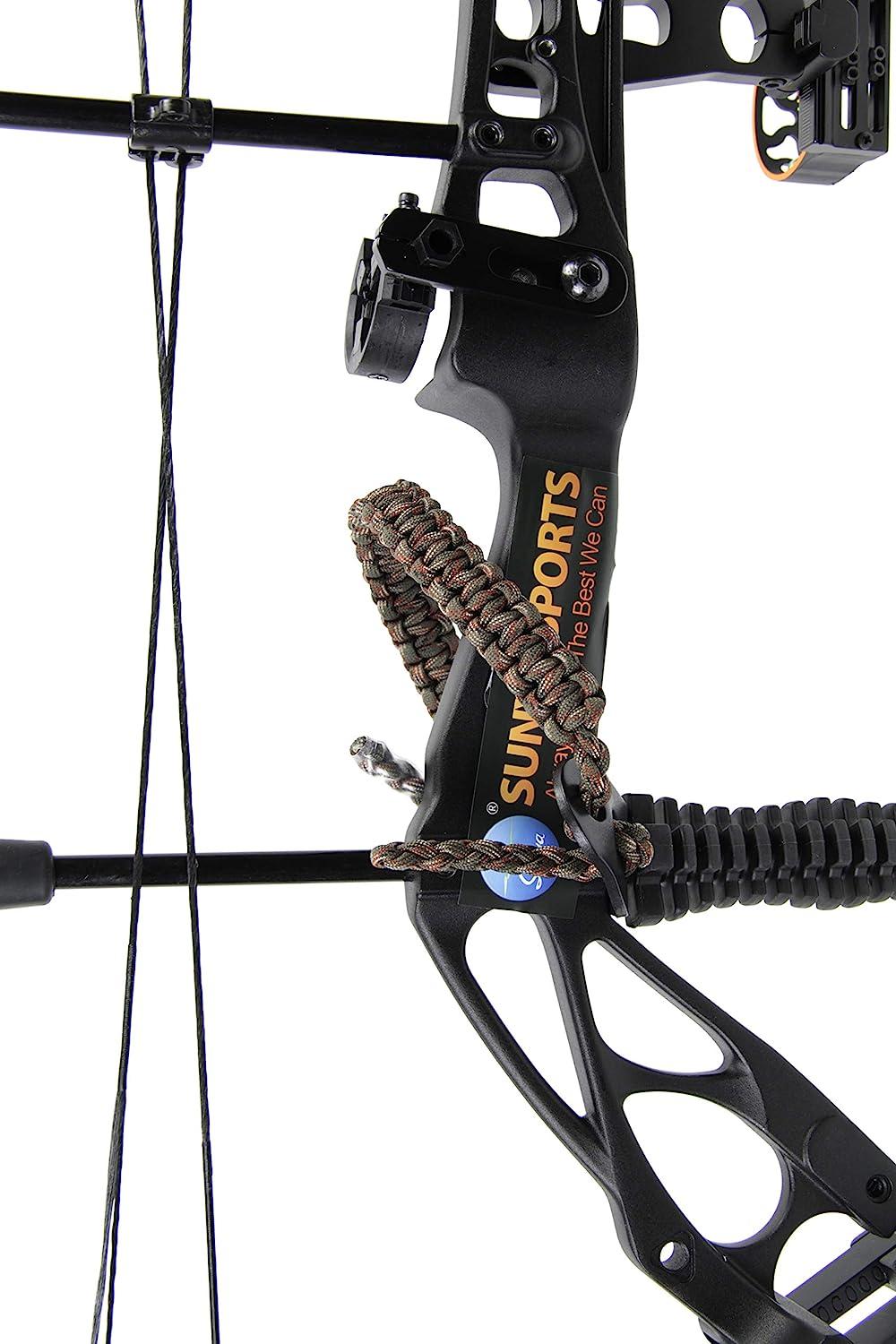Bow Stabilizer Buying Guide: Everything You Need to Know Before You Buy
Bow Stabilizer Buying Guide: Everything You Need to Know Before You Buy
Blog Article
Increase Your Archery Efficiency: The Ultimate Overview to Bow Stabilizer Arrangement
Among the various components that add to accuracy and stability, the bow stabilizer plays a pivotal duty in fine-tuning your shot execution. Understanding just how to maximize your bow stabilizer arrangement can lead to considerable improvements in your total accuracy and consistency on the array or in the field.
Recognizing Bow Stabilizers
In the realm of archery equipment, the duty and function of bow stabilizers stand as vital elements for enhancing shooting precision and stability. Bow stabilizers are made to lessen bow torque, reduce vibrations, and help in holding the bow stable throughout the aiming and launch procedure. By attaching a bow stabilizer to the riser of the bow, archers can experience better balance and lowered hand shock, resulting in more regular and exact shots.
The key purpose of a bow stabilizer is to dampen any type of resonances that happen upon launching the arrow. This decrease in vibration not just boosts the shooter's comfort but also helps maintain focus and control throughout the shot cycle. Additionally, bow stabilizers aid in counterbalancing the weight of accessories affixed to the bow, such as views, quivers, and arrowhead relaxes, making certain optimal weight distribution for improved security.
Comprehending the auto mechanics and advantages of bow stabilizers is crucial for archers wanting to fine-tune their shooting efficiency and attain better precision on the range or in the field.

Picking the Right Stabilizer Weight
Selecting the proper weight for your bow stabilizer is a vital element of optimizing your archery setup for improved capturing efficiency. The stabilizer weight straight affects exactly how properly the stabilizer decreases resonance and maintains your bow throughout the shot. When picking the right stabilizer weight, it's important to consider your shooting design, bow balance, and personal choices.
Lighter stabilizers, usually considering between 3-6 ounces, are favored by archers who focus on maneuverability and fast target acquisition. On the various other hand, heavier stabilizers, ranging from 8-12 ounces or more, are chosen by target archers looking for optimum security and reduced bow activity.
Ultimately, the most effective stabilizer weight for you will certainly depend upon your capturing goals and preferences. Trying out various weights and locating the one that uses the ideal equilibrium of security and ability to move is crucial to boosting your archery performance.
Installing Your Bow Stabilizer
To properly install your bow stabilizer, make certain that you have all the required devices and follow these detailed instructions for a safe and secure and reliable setup. Begin by recognizing the front stabilizer bushing on your bow riser.
Very carefully thread the stabilizer right into the front bushing by hand, making certain not to cross-thread it (bow stabilizer). When the stabilizer is well click here now in position, utilize an appropriate wrench to tighten it safely. Prevent over-tightening, as this can create damage to the bow or stabilizer
After installing the stabilizer, check to ensure it is straight and lined up with the bow. Some stabilizers feature flexible weights or dampeners; adjust these according to your preferences and shooting style. Test the bow to make sure the stabilizer is properly reducing vibration and enhancing your shot consistency.
Adjusting Stabilizer Position for Precision
After installing the bow stabilizer firmly, enhancing its setting is vital for improving accuracy in your shooting. The position of the stabilizer can considerably affect the equilibrium and stability of your bow during the shot cycle. To readjust the stabilizer for optimum precision, begin by explore different positions. Moving the stabilizer more detailed to the riser can help in reducing the bow's general weight circulation, possibly enhancing your aiming stability. Alternatively, expanding the stabilizer additionally out can improve the bow's forgiveness and decrease the effects of torque on the shot.
When adjusting the stabilizer placement, think about the kind of capturing you do. For target archery, a longer stabilizer positioned better out may be helpful for added security during the intending process. On the various other hand, hunters might choose a much shorter stabilizer for much better maneuverability in the field. Keep in mind to make small modifications and check your arrangement after each change to determine the ideal placement for your shooting design and choices.
Fine-Tuning Your Stabilizer Configuration

Furthermore, take into consideration the positioning of any kind of dampeners or weights along the stabilizer pole. Moving these components closer to or even more from the riser can alter the stabilizer's overall effect on your bow's balance. Fine-tuning these information can help in reducing resonance, lessen hand shock, and improve general control during the shot execution.
Consistently reassess your stabilizer arrangement as your capturing strategy develops to ensure it remains to enhance your type and shooting goals. By finetuning your stabilizer configuration with precision and care, you can optimize your bow's efficiency and boost your archery skills to new elevations.
Conclusion
Finally, optimizing your bow stabilizer setup is important for enhancing your archery performance. By recognizing the function of stabilizers, picking the ideal weight, properly placing the stabilizer and installing, and adjust click for info its configuration, you can boost your accuracy and uniformity in shooting. Take the time to trying out different setups and changes to Full Report locate the configuration that functions best for you and aids you achieve your archery objectives.
Bow stabilizers are developed to minimize bow torque, decrease resonances, and help in holding the bow constant during the intending and release procedure. By attaching a bow stabilizer to the riser of the bow, archers can experience improved equilibrium and decreased hand shock, resulting in even more exact and constant shots.

The stabilizer weight straight influences how properly the stabilizer reduces resonance and maintains your bow during the shot. bow stabilizer. By understanding the function of stabilizers, choosing the appropriate weight, properly mounting and positioning the stabilizer, and adjust its configuration, you can enhance your accuracy and consistency in shooting
Report this page